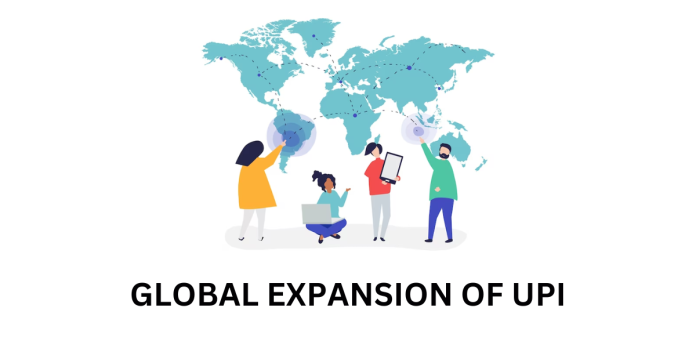The Unified Payments Interface (UPI) is set to embark on a global journey, with recent developments marking the beginning of what could be a transformative year for the platform. Indians can now utilize UPI to purchase tickets for the iconic Eiffel Tower in Paris, signifying a significant milestone in its international expansion. This move comes as part of a broader initiative to enable cross-border transactions and propagate India’s digital finance architecture in countries with trade, travel, and diaspora ties.
Current Landscape and Outlook
Despite its promising start, UPI’s global outreach is still in its nascent stages. The platform aims to streamline cross-border transactions, offering real-time, lower-cost alternatives. However, challenges such as limited merchant visibility and high transaction costs need to be addressed.
The National Payments Corporation of India (NPCI) is working to enhance UPI acceptance points in countries like the UAE and Singapore. However, it may take up to 12 months for merchant visibility to improve significantly, leading to a delay in transaction traffic.
Challenges and Opportunities
Lowering transaction costs and expanding transaction value limits are crucial hurdles that UPI must overcome to scale up its global presence successfully. Cross-border payments currently incur significant fees and foreign exchange markups, posing a barrier to widespread adoption.
However, UPI’s leaner model has the potential to reduce transfer fees by up to 25%. Additionally, addressing settlement mechanisms for payment disputes and enhancing interoperability across different banking systems are key areas of focus for future growth.
Read: Pros and Cons of Linking Your RuPay Credit Card with UPI
Potential Impact and Diplomatic Implications
As NPCI sets its sights on expanding UPI’s presence to countries like the US, UK, and Saudi Arabia, it faces competition from established players like Alipay in China. However, UPI’s open architecture and interoperability across banks offer a unique advantage.
While full adoption may be challenging, success in internationalizing UPI could pave the way for the export of India’s digital public infrastructure to other nations. This could signify a significant milestone in India’s economic ascent and contribute to its soft power on the global stage.
Conclusion
The global expansion of UPI represents a significant step towards transforming cross-border transactions and promoting India’s digital finance ecosystem worldwide. While challenges remain, including merchant visibility and transaction costs, UPI’s potential to revolutionise international payments cannot be overlooked. As NPCI continues to expand UPI’s reach, it opens up new avenues for economic growth and financial innovation on a global scale.


